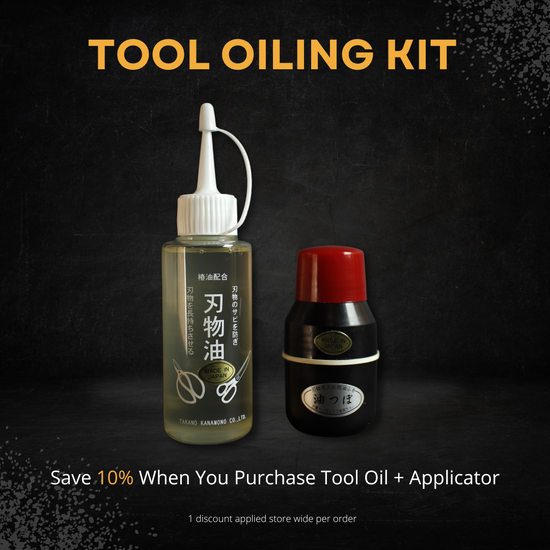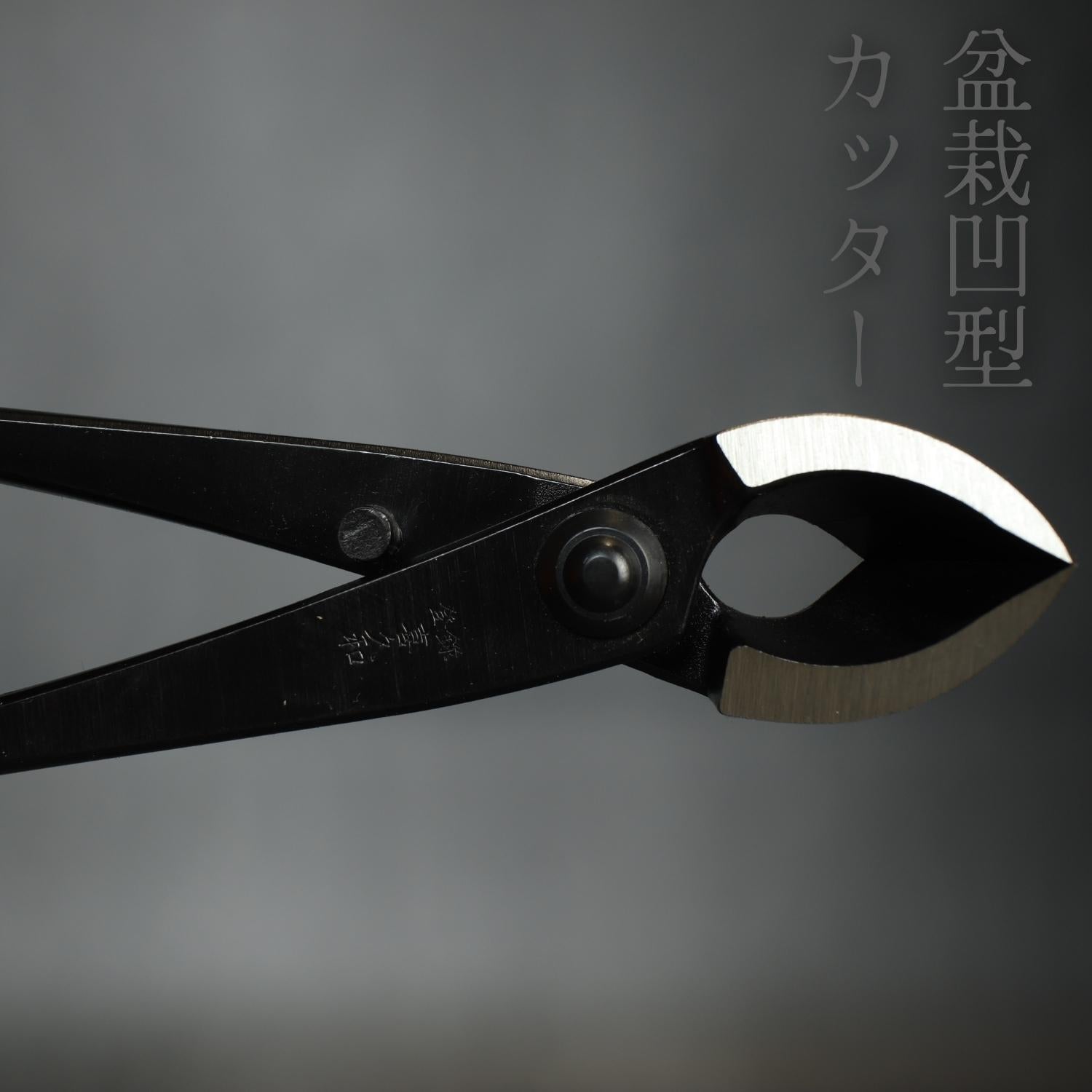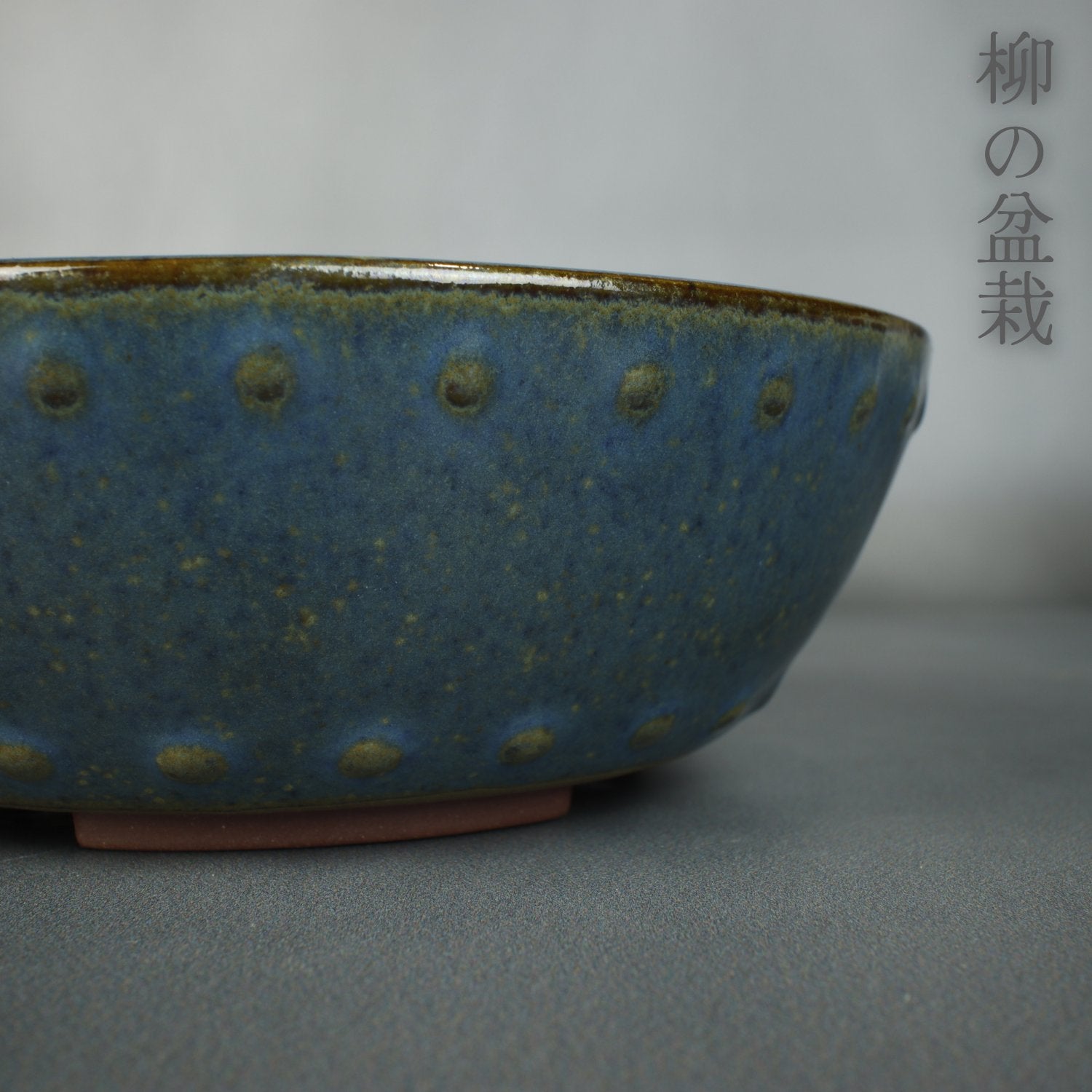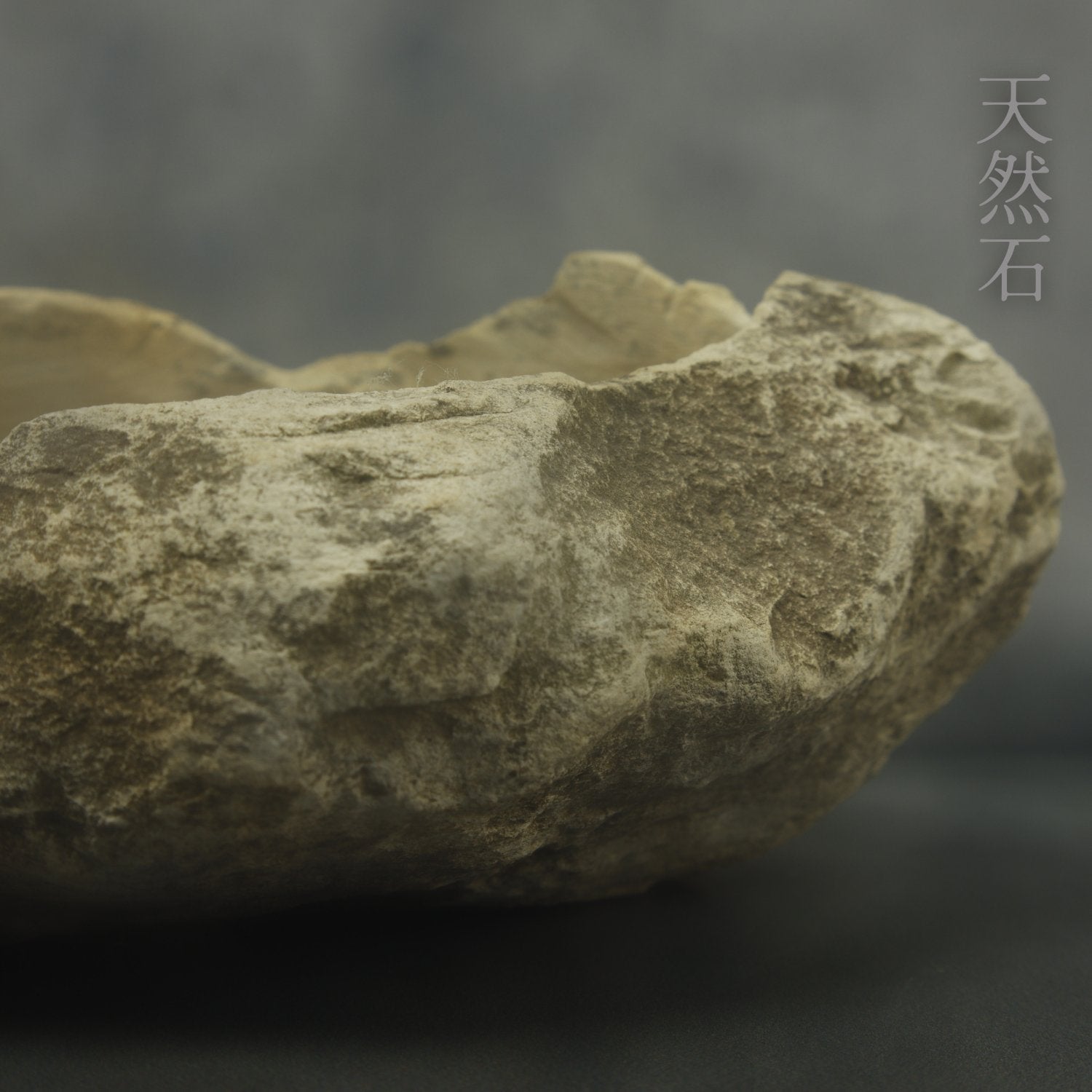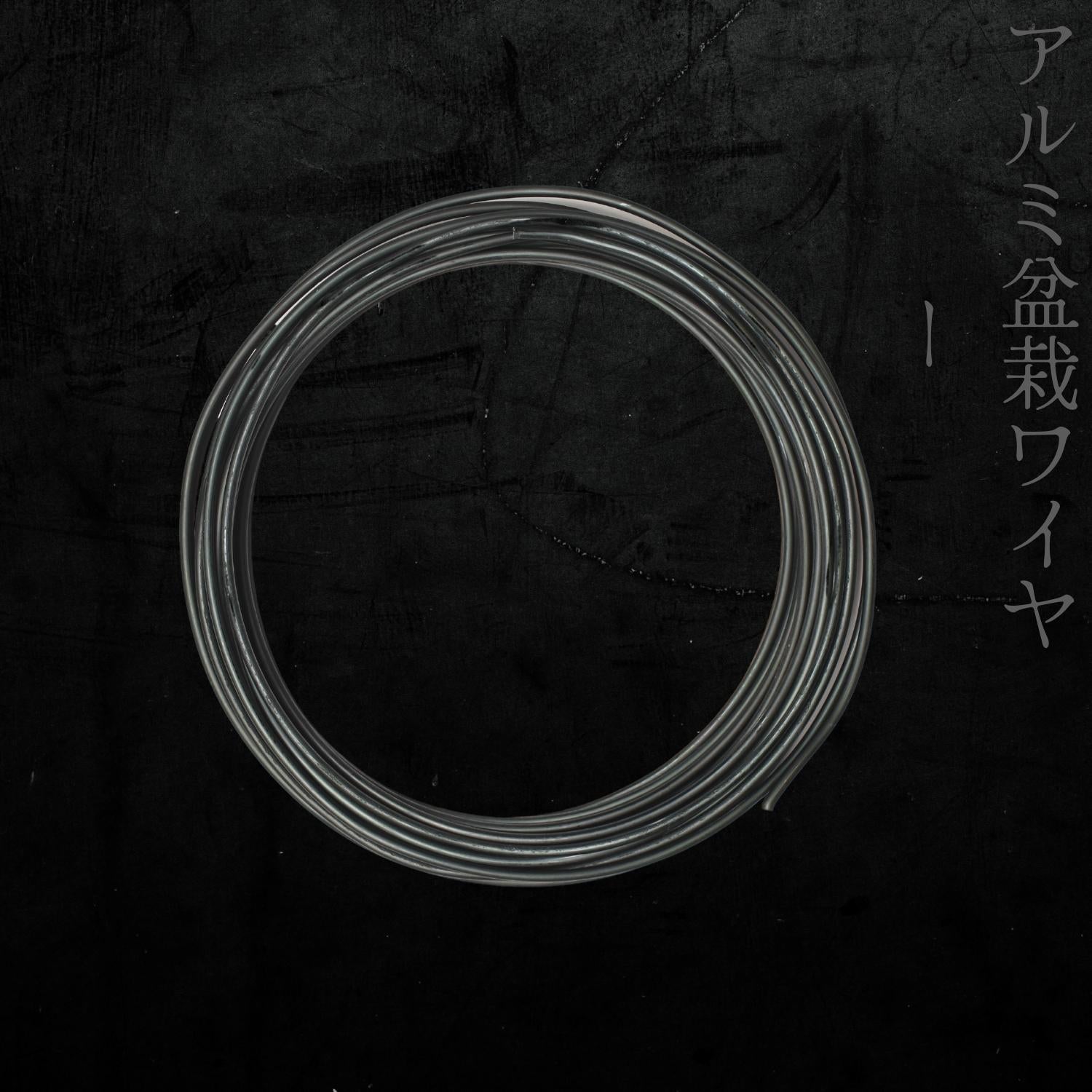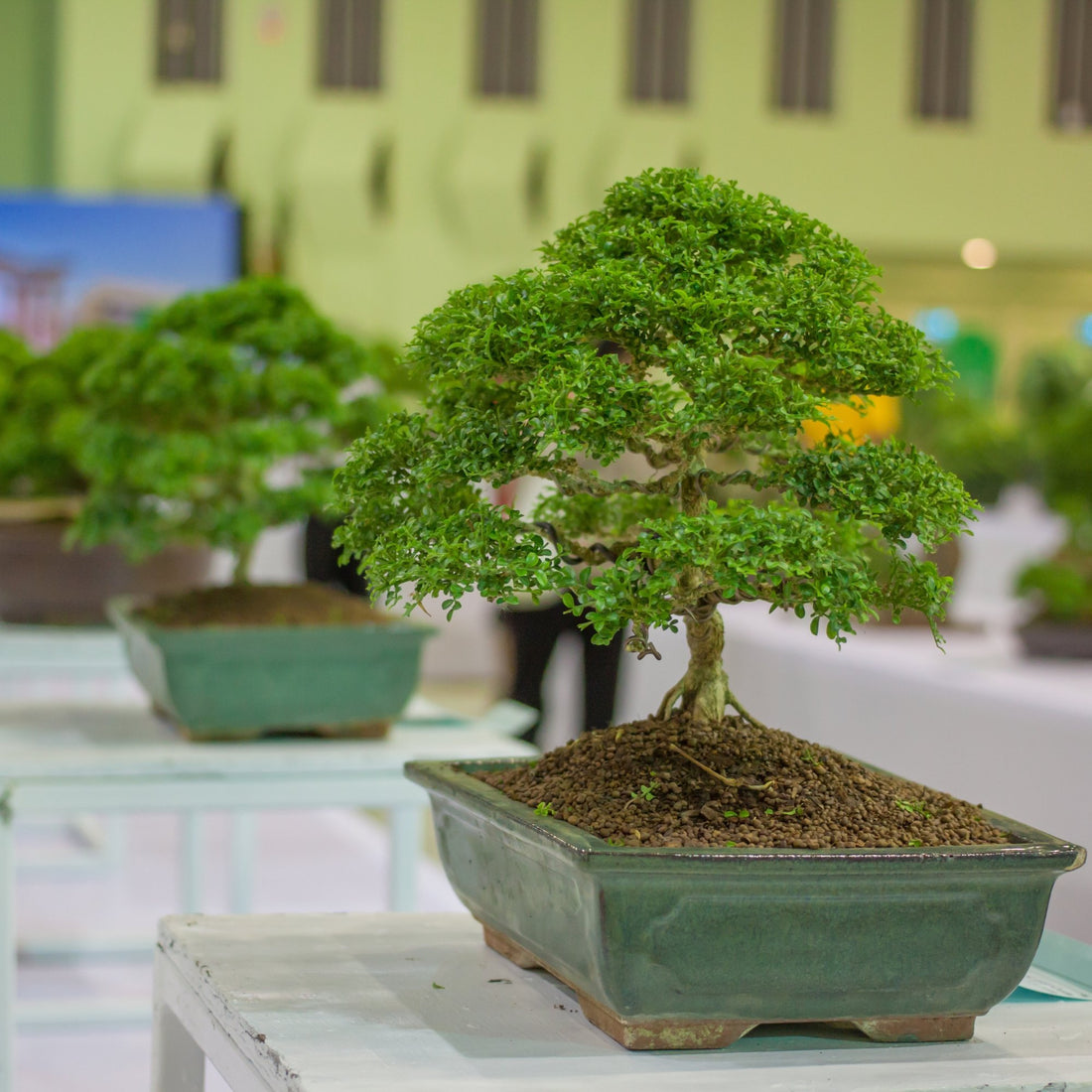

Fukien tea, also known as Carmona microphylla or Ehretia microphylla, is a species of flowering plant in the borage family (Boraginaceae). It is native to the Fujian province of China and is also found in other parts of Asia, including Taiwan and Vietnam. Fukien tea is known for its small, evergreen leaves and delicate, white flowers. It is often used as an ornamental plant and is also grown for its tea leaves, which are used to produce a popular type of Chinese tea. The plant is named after the Fujian province, which is known in Chinese as "Fukien" or "Fujian.
Fukien tea is native to the Fujian province of China, where it has been grown for centuries. The plant is mentioned in Chinese literature dating back to the Tang Dynasty (618-907). In the past, Fukien tea was primarily grown for its tea leaves, which were used to produce a type of Chinese tea known for its delicate flavor and aroma. The plant is still used for this purpose today, although it is also grown as an ornamental plant in gardens and homes around the world. In recent years, Fukien tea has gained popularity as a bonsai plant due to its small leaves and ability to be trained into a variety of shapes.
Fukien tea is an evergreen shrub that typically grows to a height of about 3-4 feet, although it can reach up to 6 feet in its native habitat. It has small, glossy leaves that are typically about 1 inch long and oval in shape. The leaves are dark green in color and have a leathery texture. The plant produces small, white or pink flowers that are about 0.5 inches in diameter and have five petals. The flowers are followed by small, purple or black berries. Fukien tea is known for its delicate, graceful appearance and is often used as an ornamental plant in gardens and homes. It is also grown for its tea leaves, which are small and dark green in color.
It is known for its delicate flavor and aroma. The flavor of Fukien tea is often described as sweet and slightly fruity, with notes of honey and flowers. The aroma is often described as light and floral, with hints of rose and jasmine. Fukien tea is generally considered to be a mild, smooth, and gentle tea, with a balanced flavor and aroma. It is often enjoyed as a light and refreshing tea, and is often served as an accompaniment to meals or as a dessert tea.
Fujian is located on the southeastern coast of China, and has a subtropical climate with warm temperatures, high humidity, and abundant rainfall. The climate in Fujian is well-suited to the cultivation of tea, and the province is known for producing some of the highest quality teas in China. Fukien tea is grown in the mountainous regions of Fujian, at elevations of up to 1000 meters above sea level. The tea plants are grown in well-draining, acidic soil and are exposed to plenty of sunshine. The climate and growing conditions in Fujian contribute to the delicate flavor and aroma of Fukien tea.
Fukien tea plants are typically propagated from cuttings or from seeds. The tea plants can be grown from seeds, but this method is generally not used for commercial production because it is slower and less reliable. Instead, tea plants are typically propagated from cuttings because this method is faster and more reliable.
To plant Fukien tea, the cuttings or seeds are first germinated in a greenhouse or nursery. Once the tea plants are large enough, they are transplanted to the field. Fukien tea plants prefer well-draining, acidic soil and should be planted in an area that receives plenty of sunlight.
After planting, the tea plants require regular care to ensure that they grow and produce high-quality tea. This includes watering the plants regularly, applying fertilizers and pesticides as needed, and pruning the plants to encourage new growth. Tea plants can take several years to mature and start producing tea leaves, but once they reach maturity, they can continue producing tea for many years.
Fukien tea is a type of Chinese tea that has been enjoyed for centuries as a refreshing and invigorating beverage. In traditional Chinese medicine, Fukien tea is believed to have a number of health benefits, including improving digestion, promoting weight loss, and helping to lower blood pressure.
Fukien tea is generally prepared by steeping the dried tea leaves in hot water. The tea leaves are typically brewed for a few minutes to extract the flavor and aroma, and the tea is then strained and served. Fukien tea is often served hot, but it can also be served chilled as an iced tea.
Fukien tea is often enjoyed as a light and refreshing tea, and is often served as an accompaniment to meals or as a dessert tea. It is also sometimes served as a celebratory beverage, and is often served at special occasions and festivals in China. Fukien tea is considered to be a high-quality tea, and is often gifted as a symbol of respect and appreciation.
Fukien tea (Carmona microphylla), also known as Philippine tea or Chinese banyan, is a small evergreen tree native to China and Taiwan. It is a popular plant for bonsai due to its small size, delicate leaves, and attractive flowers.
Fukien tea bonsai trees are typically grown from small, young plants that are trained and pruned to create the desired shape. The plants are kept small through regular pruning, and the branches and leaves are shaped using wire to create the desired form. Fukien tea bonsai trees prefer bright, indirect sunlight and well-draining soil, and should be watered regularly to keep the soil evenly moist.
In addition to its use as a bonsai plant, Fukien tea is also grown as an ornamental plant and is often used in landscaping. It is valued for its small size, attractive flowers, and tolerance of a wide range of growing conditions.
Here are some techniques for training a Fukien tea bonsai tree:
Pruning: Regular pruning is essential for maintaining the small size and shape of a Fukien tea bonsai tree. Prune the tree by removing any unwanted or excess branches, using sharp bonsai scissors or pruning shears.
Wiring: Wiring is a technique used to shape the branches and leaves of a bonsai tree. To wire a Fukien tea bonsai tree, wrap anodized aluminum or copper wire around the branches and gently bend them into the desired shape. Be careful not to wire the branches too tightly, as this can damage the tree.
Repotting: Repotting a bonsai tree is essential for maintaining its health and vigor. Fukien tea bonsai trees should be repotted every few years, using a well-draining bonsai soil mix.
Fertilizing: Fukien tea bonsai trees benefit from regular fertilization to promote healthy growth. Use a balanced fertilizer, such as a 10-10-10 formula, and apply it according to the manufacturer's instructions.
Protecting from pests: Fukien tea bonsai trees can be susceptible to pests, such as scale insects and mealybugs. Inspect the tree regularly for signs of infestation, and treat with a suitable pesticide if necessary.
I hope this gives you some insperation to try fukien tea in either your garden, as a bonsai or even as a hot cup of tea.
Savings opportunities
Shop Tools And Accessories

Author : Joshua Hooson
Joshua Hooson is an author and enthusiast of the art of bonsai. He has built his knowledge and understanding of bonsai through a combination of self-experience, lessons learned through hands-on practice, and extensive research. His articles reflect his passion for the subject and offer insights gained through his own personal journey in the world of bonsai. All the information provided in his works is a result of his own experiences and the knowledge he has gained through his studies. He is dedicated to sharing his love of bonsai and helping others grow in their understanding and appreciation of this ancient and beautiful art form.



